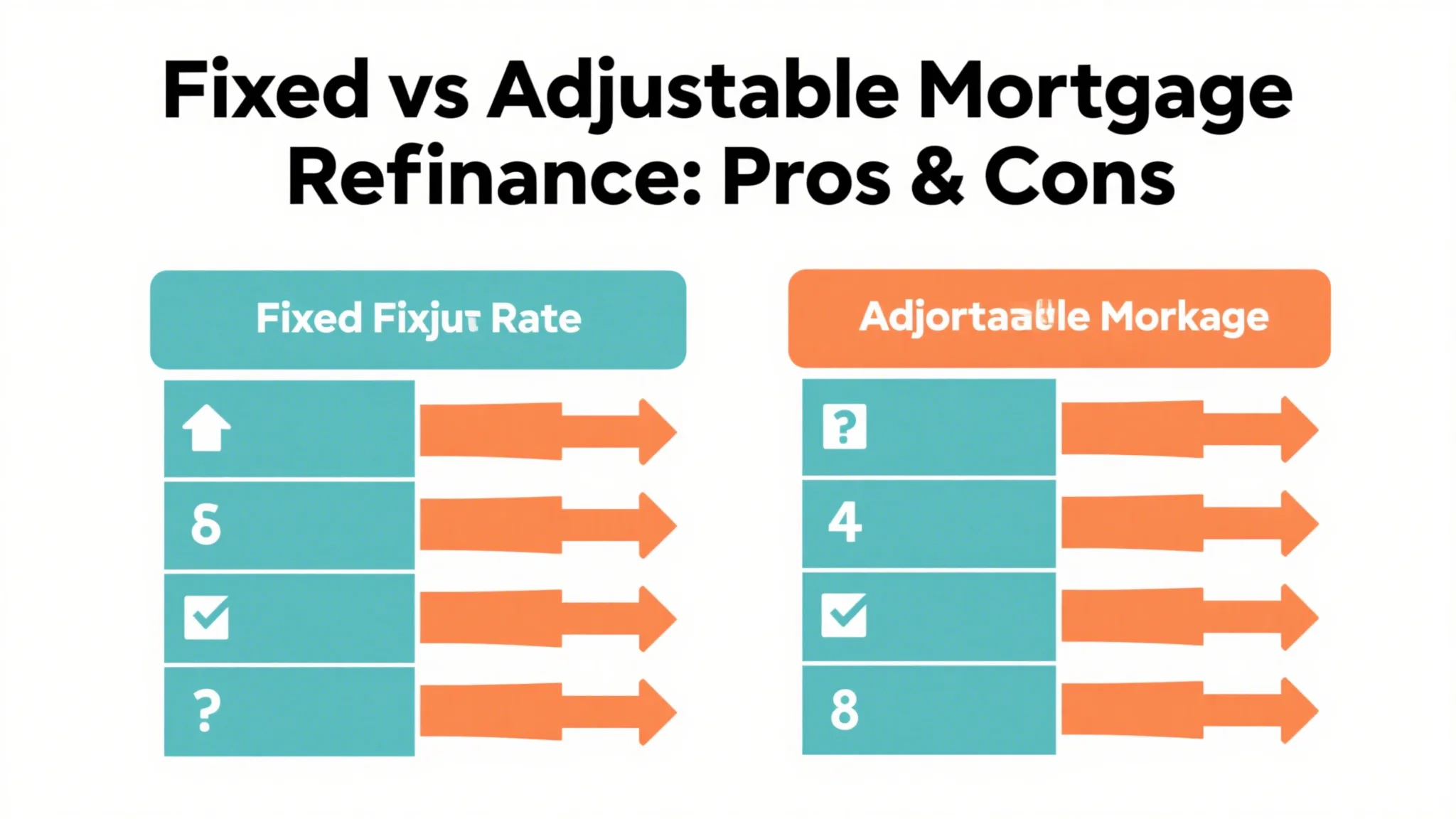Understanding Mortgage Refinancing and Its Benefits
Mortgage refinancing is the process of replacing your current mortgage with a new one, often to secure a lower interest rate, reduce monthly payments, or access cash from your home’s equity. For many homeowners, refinancing can be a smart financial move, especially when interest rates are favorable. However, the timing of refinancing is critical to maximize savings and achieve the best possible outcome.

In 2025, the mortgage market is expected to be shaped by several key factors, including Federal Reserve policy, inflation trends, and economic stability. Homeowners considering refinancing should carefully evaluate these factors to determine the best time to act.
Factors Influencing Mortgage Rates in 2025
Federal Reserve Policy:
The Federal Reserve’s monetary policy plays a significant role in determining mortgage rates. In 2024 and early 2025, the Fed is likely to continue its gradual tightening of monetary policy to combat inflation. This could result in higher short-term interest rates, but long-term rates, such as those for 30-year fixed mortgages, may remain relatively stable. Homeowners should monitor Federal Reserve announcements and rate hikes to gauge potential changes in mortgage rates.
Inflation and Economic Growth:
Inflation can impact mortgage rates in two ways: it can increase the cost of borrowing for lenders, leading to higher rates, or it can stimulate economic growth, which may keep rates competitive. In 2025, inflation is expected to remain moderate, which could create a favorable environment for refinancing.
Market Trends:
The housing market is also a key factor. If you plan to stay in your home for the long term, refinancing when rates are low can save you thousands of dollars over the life of your loan. However, if you anticipate moving in the near future, refinancing may not be as beneficial unless you can secure a significantly lower rate.
Is 2025 a Good Time to Refinance?
Given the expected economic conditions in 2025, refinancing could be a wise decision for many homeowners. Here are some signs that it may be the right time:
Interest Rates Are Favorable: If mortgage rates are lower than your current rate, refinancing could reduce your monthly payments and overall borrowing costs.
You Have Home Equity: If your home’s value has increased, you may be able to access cash from your equity to pay off high-interest debt or fund home improvements.
You Want to Lock in a Long-Term Rate: If you expect interest rates to rise in the future, refinancing to a fixed-rate mortgage could protect you from higher rates down the line.
How to Prepare for Refinancing
Before you decide to refinance, it’s important to assess your financial situation and prepare accordingly. Here are some steps to take:
Check Your Credit Score: Lenders use your credit score to determine the interest rate you qualify for. Aim for a score of 720 or higher to secure the best rates.
Evaluate Your Financial Goals: Consider why you want to refinance and how it aligns with your long-term financial goals.
Shop Around for Lenders: Compare rates and terms from multiple lenders to find the best deal.
By understanding the factors influencing mortgage rates and preparing for refinancing, you can make an informed decision about whether 2025 is the right time to refinance your mortgage.
Strategies for Maximizing Refinancing Benefits in 2025
In 2025, the mortgage market is expected to offer opportunities for homeowners looking to refinance. However, to maximize the benefits, you need to adopt a strategic approach. Here are some tips to help you make the most of refinancing in 2025.
1. Monitor Market Trends Closely
The mortgage market is dynamic, and rates can fluctuate rapidly. To secure the best possible rate, stay informed about economic trends and Federal Reserve policy. Consider setting up alerts for rate changes or working with a mortgage broker who can provide real-time updates.
2. Consider a Fixed-Rate Mortgage
If you plan to stay in your home for the long term, a fixed-rate mortgage can protect you from rising interest rates. In 2025, fixed-rate mortgages are expected to remain competitive, making them a sound choice for homeowners seeking stability.
3. Explore Low-Mortgage Insurance Options
If you have less than 20% equity in your home, you may be required to pay mortgage insurance, which can increase your costs. In 2025, explore options to reduce or eliminate mortgage insurance, such as making a larger down payment or refinancing to a higher loan-to-value ratio.
4. Take Advantage of Cash-Out Refinancing
If you have significant home equity, cash-out refinancing could be a valuable option in 2025. This allows you to borrow against your home’s value to pay off high-interest debt, fund home improvements, or cover other expenses. Be sure to weigh the benefits and risks before proceeding.
5. Plan for Closing Costs
Refinancing comes with closing costs, which can range from 2% to 5% of the loan amount. Plan for these costs by budgeting accordingly or considering a no-closing-cost refinancing option, which may be available in 2025.
6. Work with a Reputable Lender
Choosing the right lender is crucial to a smooth refinancing process. Look for a lender with a strong reputation, competitive rates, and excellent customer service.
: Is 2025 the Right Time to Refinance?
For many homeowners, 2025 is shaping up to be an ideal time to refinance. With favorable interest rates, stable economic conditions, and opportunities to access home equity, now is the time to explore refinancing options. By understanding the factors influencing mortgage rates and preparing for the process, you can make a well-informed decision that aligns with your financial goals.
Whether you’re looking to reduce your monthly payments, lock in a long-term rate, or access cash from your home’s value, 2025 offers a promising landscape for refinancing. Take the time to research, plan, and shop around to ensure you get the best possible outcome. Your home is one of your biggest investments, so it’s worth taking the time to make the right move.



